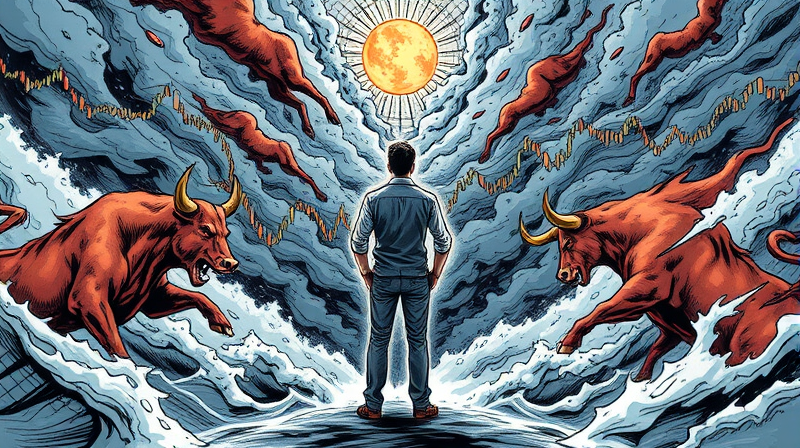
In an era of rapid market swings and emotional headlines, investors often find themselves at the mercy of powerful feelings that can undermine long-term success. Behavioral finance bridges psychology and traditional finance to explain why emotions like fear and greed so frequently dictate decisions, sometimes with costly consequences.
By understanding core concepts, recognizing common biases, and adopting proven techniques, individuals can regain control, transform anxiety into opportunity, and pursue their goals with greater confidence.
Behavioral finance emerged when researchers challenged the assumption of fully rational actors in classical models. Pioneered by Nobel laureates Daniel Kahneman and Amos Tversky, it demonstrates how emotional reactions to market events can lead to predictable errors.
Rather than viewing markets as perfectly efficient, this field acknowledges that investors rely on mental shortcuts, or heuristics, which can introduce distortions in analysis and judgment.
Two dominant emotions—fear and greed—often drive collective behavior. During downturns, panic selling can cause valuations to overshoot fair value. Conversely, exuberance and hope fuel frenzied buying, inflating asset bubbles.
Experts argue that hope, the optimistic counterpart to fear, may be a more accurate term than greed. Investors hope for security and progress, not solely for excessive profit. Yet this subtle distinction does not diminish the impact of irrational exuberance on decision-making.
Investors must learn to spot the mental pitfalls that compromise objectivity:
Each bias can trigger decisions that deviate from a well-considered plan. Recognizing these tendencies is the first step toward countering their influence.
Behavioral finance specialists recommend structured approaches to minimize emotional interference.
Key recommendations include:
Additional tactics such as stop-loss orders and written investment rules can provide guardrails that limit downside during volatile stretches.
Contrarian strategies capitalize on market overreactions. Buying when pessimism peaks and selling when euphoria dominates can yield superior returns over time. This requires a commitment to data-driven analysis and the courage to go against prevailing sentiment.
Sarah DerGarabedian of Modera Wealth Management highlights that even professionals can fall prey to overconfidence. She stresses the importance of personal guardrails that enforce objective criteria before executing trades.
Developing patience and perspective transforms short-term volatility into opportunities. Strategies include:
By focusing on enduring objectives rather than daily headlines, investors can mitigate the paralyzing effects of fear and the recklessness of greed.
Behavioral finance underscores that emotional discipline is as critical as analytical skill. By recognizing biases such as loss aversion and herd mentality, crafting structured rules, and seeking contrarian opportunities, individuals can maintain composure in turbulent markets.
Empowered with these insights and practical tools, investors can transform fear into focus, temper greed with strategy, and pursue financial success with steadfast confidence.
References













